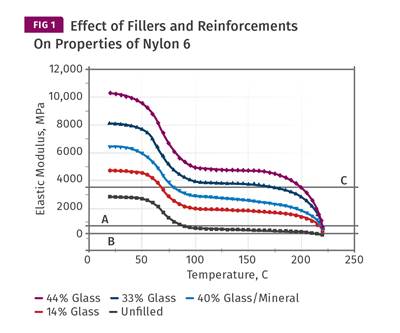Injection Molding
Putting Industry 4.0 to Work in a Molding Plant 
Learn why—and how—innovative molders have begun to develop “smart factories,” using advanced equipment, IT, and communication technology to enable greater connectivity and productivity.
Read MoreCycle Time: Science vs. Rules of Thumb—Part 4
While laboratory tests are helpful in determining how polymers behave, you must remember the fundamental differences between laboratory measurements and the real world of plastic processing. Let’s examine semi-crystalline polymers here.
Read MoreVirtual Tool Alloy Selection Confirms Benefits in Cost & Part Quality
Using simulation to understand cost-benefit ratio in using tool alloys with high thermal conductivity.
Read MoreCoinjected Coffee Capsules with IML Debut at Fakuma Show
Netstal premieres coinjection molding of three-layer coffee capsules with in-mold labeling.
Read MoreApp Offers Injection Molders Processing Guidance on Resins
With a few taps and swipes, you can find critical processing parameters to help you run materials you’ve never run before.
WatchInjection Molders: Is 3D Printing Your Friend, or Foe?
In the last few months, I’ve seen clear signs that some 3D printing shops and makers of additive manufacturing equipment intend to compete with injection molding.
Read MoreApprenticeship Program Pays Off for Mack Molding
Eleven students have returned to the company full-time in the last two years, including five this spring.
Read MoreDry-Ice Cleaning Pays Off Big For High-Tech Molder
Mold running time has been increased by 200-500% at Performance Plastics.
Read MoreInjection Molding: How Repeatable is Repeatability?
Process repeatability is not a constant, but varies over time in response to a number of variables. That variation is not captured by a snapshot in time—measuring a discrete sample of parts. And the only way to manage that variation is with process controls that adjust each and every cycle.
Read MoreInjection Molding: Put Out the Production Fire Once and for All
A deliberate approach to failure assessment, root-cause analysis, solution development, and continued monitoring is the only way to get off the treadmill of chasing the latest production problem.
Read More







